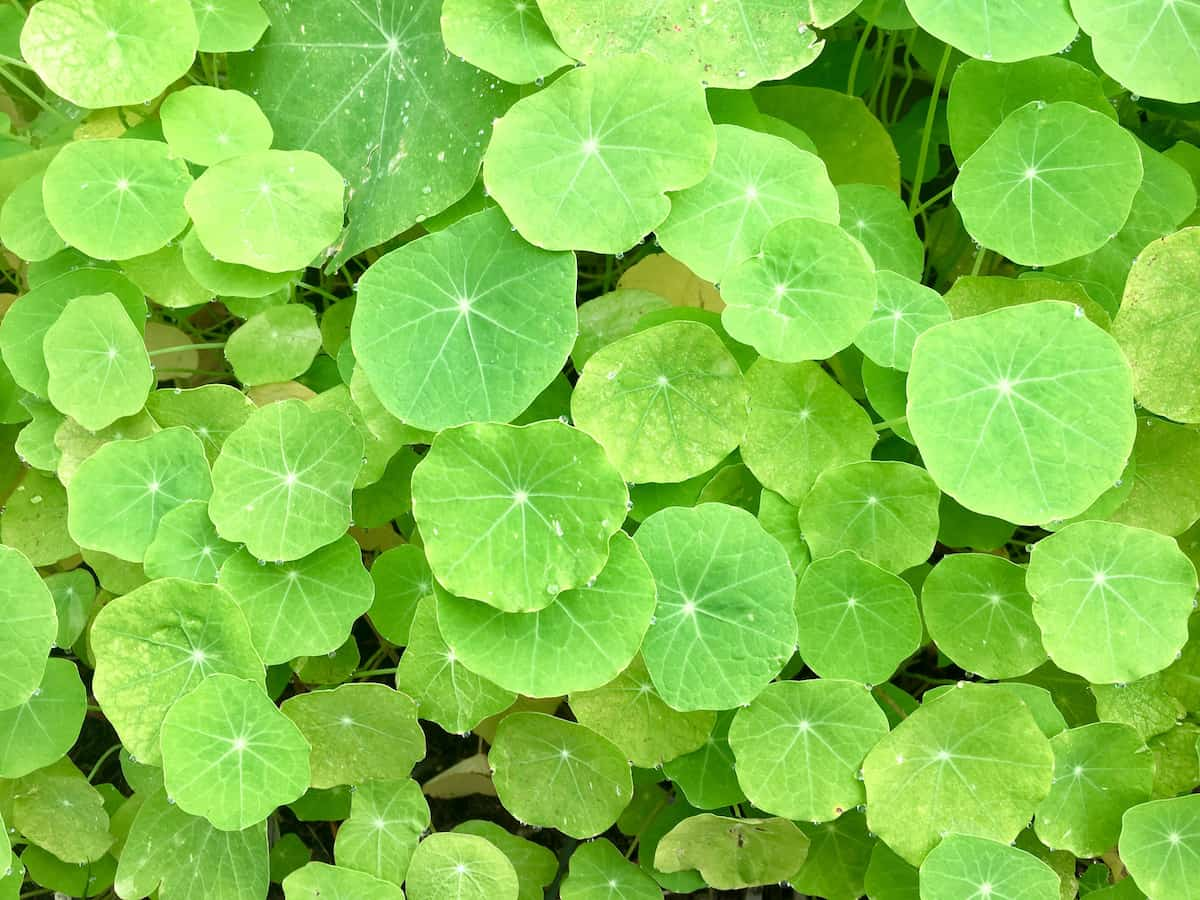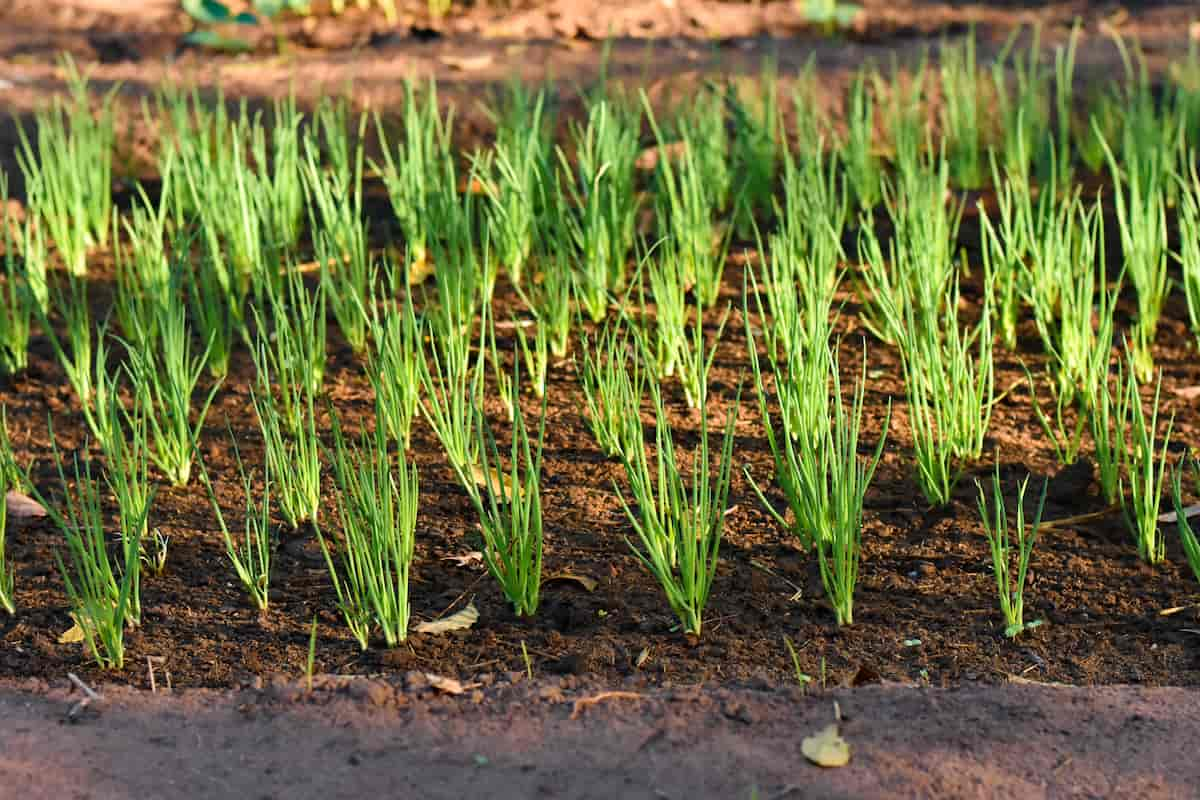Companion planting is an ancient gardening practice that has gained popularity recently due to its numerous benefits, such as improving soil health, maximizing garden space, and promoting pest control. By understanding the relationships between plants and harnessing their natural strengths, gardeners can create synergistic ecosystems that are both sustainable and highly productive. In this article, we’ll explore the top 10 secrets of companion planting and examine the most popular and best planting combinations proven to work.
Top 10 Secrets of Companion Planting
The Three Sisters Technique
Originating from Native American agricultural practices, the Three Sisters is a classic example of companion planting that involves growing corn, beans, and squash together. Beans grow up the corn, which acts as a trellis, and the nitrogen they fix enriches the soil for the corn. The squash shades the ground with its large leaves, preventing weeds and retaining moisture. This trio utilizes space efficiently and supports each other’s growth.
Trap Cropping
Trap cropping is a clever method to divert pests away from your main crops. You can protect your valuable crops from being destroyed by planting a sacrificial plant that attracts pests. For instance, planting nasturtiums near your vegetable garden will lure aphids and other pests away from your vegetables, reducing the need for chemical pest control.

Nitrogen Fixers
Legumes, like peas and beans, can fix nitrogen from the atmosphere into the soil through a symbiotic relationship with rhizobium bacteria. Planting nitrogen-fixing plants alongside heavy feeders like tomatoes and corn can improve soil fertility and overall crop health.
Soil Improvers
Some plants can improve soil structure and fertility. Deep-rooted plants like daikon radish and alfalfa can help break up compacted soil and bring nutrients from deep within the earth to the surface. Planting these soil improvers alongside shallow-rooted crops can increase the availability of essential nutrients for your plants.
Living Mulch
Ground-cover plants like clover, creeping thyme, and vetch can act as living mulch, suppressing weed growth and conserving soil moisture. Planting these low-growing plants around taller crops can reduce the need for manual weeding and conserve water.
Allium Family Allies
The allium family, which includes onions, garlic, and chives, are natural pest repellents. Their strong scent confuses and deters pests like aphids, borers, and beetles. Planting alliums close to vulnerable crops such as lettuce, carrots, and tomatoes can offer a chemical-free pest control method.
In case you missed it: Top 12 Rock Garden Ideas for Beginners: Explained in Simple Steps

Spatial Considerations
Companion planting can also help maximize garden space by planting crops with complementary growth habits. For example, planting quick-growing lettuce between slower-growing crops like broccoli or cabbage can make the most of the available space and provide a continuous harvest.
Allelopathy
Some plants release chemicals that can inhibit or stimulate other plants’ growth. For example, sunflowers release substances that can suppress the growth of nearby plants. Knowing which plants have allelopathic properties can help avoid placing them too close to sensitive crops.
Succession Planting
Succession planting involves growing multiple crops in the same space throughout the growing season. Understanding different plants’ growth habits and preferred conditions allows you to create a succession plan that keeps your garden productive and maintains a healthy ecosystem. For example, you can plant cool-season crops like spinach and peas early in the season and follow them with heat-loving plants like tomatoes and peppers.
Beneficial Insect Attractants
Flowering plants like marigolds, cosmos, and zinnias attract pollinators and beneficial insects such as ladybugs, lacewings, and hoverflies. These insects prey on common garden pests, providing a natural form of pest control. Interspersing flowering plants among your vegetables can greatly improve pollination rates and keep pest populations in check.
In case you missed it: Top 12 Essential Contemporary Garden Design Ideas for Beginners

Popular Planting Combinations
Tomato, Basil, and Marigold
This classic combination is not only beautiful but also highly effective. Basil helps improve the flavor and growth of tomatoes while repelling pests like whiteflies and hornworms. Marigolds, with their vibrant flowers, attract beneficial insects and deter nematodes and other pests.
Cabbage, Mint, and Onions
Mint and onions help repel cabbage moths, which are known to lay eggs on cabbage leaves, leading to a destructive caterpillar infestation. Planting mint and onions nearby can greatly reduce the risk of pest damage to your cabbage plants.
Carrots, Radishes, and Lettuce
Due to their dissimilar root systems and development rates, carrots and radishes support one another well as companion crops. Radishes germinate and mature quickly, loosening the soil for the slower-growing carrots. With its shallow roots, lettuce is an excellent companion for both as it efficiently uses space and helps suppress weeds.
Cucumbers, Nasturtiums, and Corn
Cucumbers benefit from the shade provided by corn, which helps to conserve moisture and suppress weeds. Nasturtiums attract pollinators and repel pests like cucumber beetles and aphids, protecting the cucumbers from potential harm.
Peppers, Basil, and Oregano
Basil and oregano enhance peppers’ flavor and repel common pests like aphids and spider mites. This aromatic trio is a powerful combination for both pest control and culinary delight.
Potatoes, Beans, and Horseradish
Beans fix nitrogen into the soil, benefiting the nutrient-hungry potatoes. With its strong scent and deep roots, Horseradish helps deter pests like potato beetles and can improve soil structure.
Eggplant, Spinach, and Thyme
With its low-growing habit, Spinach shades the soil around eggplants, suppressing weeds and conserving moisture. Thyme attracts beneficial insects and repels pests like flea beetles, which can cause significant damage to eggplants.
Strawberries, Borage, and Chives
Borage attracts pollinators and deters pests like strawberry mites. It also adds trace minerals to the soil, benefiting the strawberries. Chives help repel aphids and slugs, keeping your strawberry plants healthy and pest-free.
Asparagus, Parsley, and Marigolds
Parsley attracts beneficial insects like hoverflies, which prey on asparagus beetles. Marigolds help repel pests like nematodes and add color to the garden.
Squash, Dill, and Nasturtium
Beneficial insects like ladybirds and lacewings are attracted to dill and feast on pests like squash bugs. Nasturtiums repel pests like cucumber beetles and aphids with their vibrant flowers, protecting your squash plants from potential harm.
Conclusion
In conclusion, understanding the relationships between plants and using companion planting strategies can lead to healthier, more productive gardens. By implementing these top 10 secrets and popular planting combinations, you can create a thriving ecosystem that supports the growth of your plants and reduces the need for chemical interventions.
- Feed Your Flock for Less: Top 10 Tips to Save on Chicken Feed
- Ultimate Guide to Ossabaw Island Hog: Breeding, Raising, Diet, and Care
- Hatching Answers: The Top 10 Reasons Your Chickens Aren’t Laying Eggs
- Eggs and Economics: Breaking Down the Cost of Raising Backyard Chickens
- Defend Your Greens: Proven Methods to Keep Iguanas Out of Your Garden
- Ultimate Guide to Cinnamon Queen Chicken: A Comprehensive Guide for Beginners
- Ultimate Guide to California Tan Chicken: Breeding, Raising, Diet, Egg-Production and Care
- Ultimate Guide to Marsh Daisy Chicken: Breeding, Raising, Diet, and Care
- 10 Types of Chicken Farming Businesses You Can Start for Profits